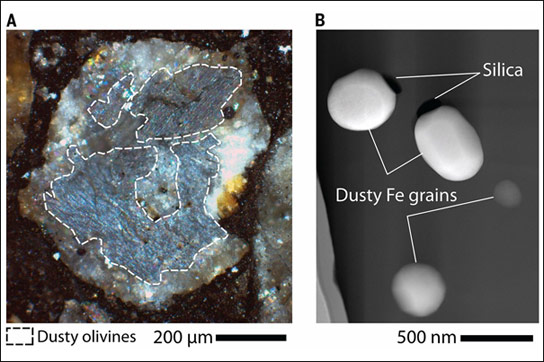
Dusty olivine-bearing chondrules from the Semarkona meteorite. Optical photomicrograph of chondrule DOC4 showing the location of dusty olivine grains. Image taken in reflected light with crossed polarizers. Credit: Roger R. Fu, et al.,
Scientists from the Harvard-Smithsonian Center for Astrophysics have succeeded in determining ancient solar nebula magnetic field strength by measuring the field recorded in chondrules from the Semarkona meteorite.
Astronomical observations of young protostars indicate that early planetary systems evolved from the dust in a protoplanetary disk very quickly – in under five million years. Such short timescales require very efficient mechanism(s) to transport material inward towards the central star, but the mechanism(s) that do this are uncertain. Several have been invoked, however, in which magnetic fields play a key role, either in the stellar wind or in the disk itself.
Astronomers cannot currently directly measure magnetic field strengths in planet-forming regions, but experiments on meteoritic materials in our own Solar system can potentially constrain the strength of early Solar nebular magnetic fields. Chondrules are millimeter-sized constituents of primitive meteorites that formed in brief heating events in the young solar nebula. They probably constitute a significant fraction of the mass of asteroids and even of terrestrial planet precursors. The formation of chondrules, therefore, very likely occurred during a key stage in the evolution of the early solar system. If a stable field was present during their cooling off phase, they should themselves have become slightly magnetized. Determining their magnetic fields should therefore not only constrain models of their formation, but of the disk’s evolution as well.
Among the most pristine known meteorites is one called Semarkona. It contains chondrules of crystalline olivine which, due to their unique compositional and magnetic properties, can retain their primitive magnetization even over the eons since they formed and despite their subsequent histories in the solar system.
Harvard-Smithsonian Center for Astrophysics (CfA) astrophysicists Xue-Ning Bai and Ron Walsworth, and their collaborators, isolated eight olivine chondrules from the Semarkona meteorite; they are tiny, less than a millimeter in size. Using newly perfected techniques that take advantage of cryogenic quantum measurements developed in Walsworth’s laboratory, the team was able to detect magnetic fields in these minuscule crystal samples, and to conclude that the primitive nebula in which these chondrules formed had a field strength corresponding to about double the Earth’s current magnetic field (at its surface).
The scientists conclude that the evidence supports the model of chondrules forming in shocks or collisions between larger bodies, rather than any of the stellar wind formation theories. They also conclude that the nebular magnetic fields were large enough to account for the measured rates of mass transport in the early evolutionary stages. Not least, the result is an impressive application of newly perfected quantum measuring techniques.
Reference: “Solar Nebula Magnetic Fields Recorded in the Semarkona Meteorite” by Roger R. Fu, Benjamin P. Weiss, Eduardo A. Lima, Richard J. Harrison, Xue-Ning Bai, Steven J. Desch, Denton S. Ebel, Clément Suavet, Huapei Wang, David Glenn, David Le Sage, Takeshi Kasama, Ronald L. Walsworth and Aaron T. Kuan, 13 November 2014, Science.
DOI: 10.1126/science.1258022

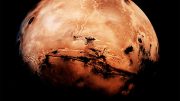

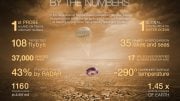
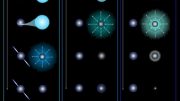

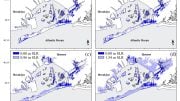

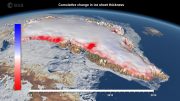
Be the first to comment on "Scientists Use Meteorite to Measure Ancient Solar Nebula Magnetic Fields"